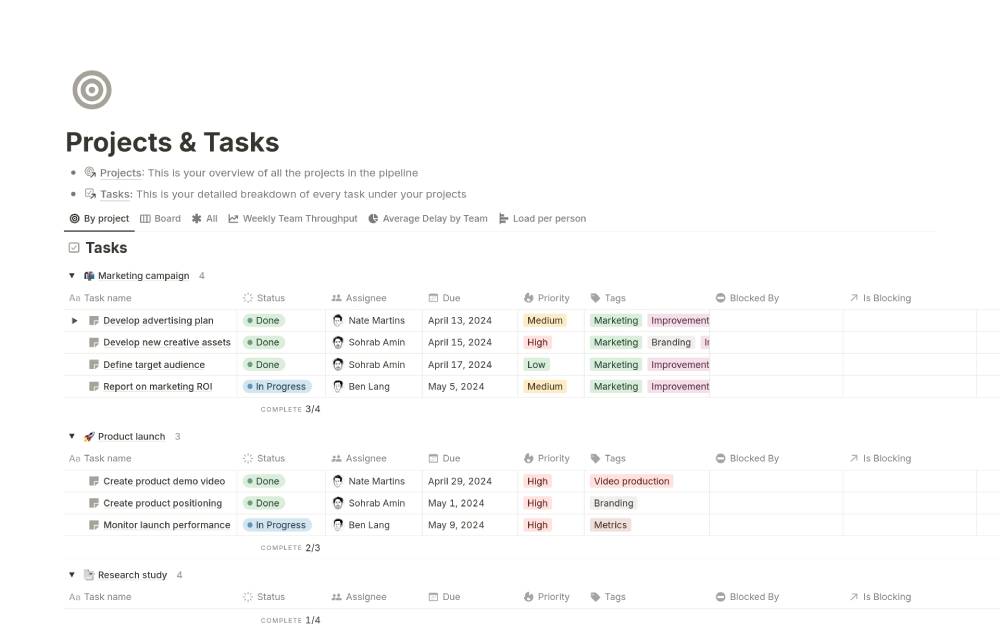
SQ3R Method: A Smarter Way to Read Textbooks
Let’s be honest — reading textbooks can feel like a chore. You flip page after page, only to find the information hasn’t really stuck. If you’ve ever re-read a paragraph multiple times and still couldn’t remember what it said, you’re in good company. The good news? There’s a better way.
Enter the SQ3R method — a tried-and-tested reading strategy that transforms passive reading into active learning. Whether you’re a university student prepping for finals or a distance learner managing your time, this method helps you retain more information, read with purpose, and study smarter.
In this post, we’ll break down what SQ3R stands for, why it works, and how you can use it to boost your learning. By the end, you’ll have a practical tool that makes textbook reading not only manageable but meaningful.
What is the SQ3R Method?
SQ3R stands for Survey, Question, Read, Recite, and Review. Developed by psychologist Francis P. Robinson in the 1940s, it’s based on cognitive psychology principles that promote active engagement and deeper learning.
Let’s unpack each step.
1. Survey: Get the Big Picture
Before diving into the details, take a moment to scan the chapter. This step is all about previewing the content to create a mental map.
How to do it:
- Read the title, headings, and subheadings
- Look at diagrams, charts, and summaries
- Skim through the introductory and concluding paragraphs
This gives your brain a mind-map, helping you spot the most important concepts and structure.
2. Question: Turn Headings into Curiosity
This is where things get interesting. Instead of passively accepting information, ask questions to spark engagement.
How to do it:
- Turn each heading or subheading into a question.
- For example, if the heading is “Causes of Inflation”, ask, *”What causes inflation?”
- Write your questions down — this gives you a mission as you read.
3. Read: Dive in with Purpose
Now that you have your questions, read the section with the intent to find answers. This turns reading into a search mission.
Tips for this stage:
- Focus on one section at a time
- Look for bolded terms and definitions
- Highlight only key points — don’t overdo it
4. Recite: Say It In Your Own Words
This is a powerful yet often skipped step. After reading a section, pause and recite the answer to your question without looking at the book.
Why this works:
- It forces you to process and retrieve the information, which strengthens memory.
- You’ll quickly see what you understand — and what you don’t.
You can speak aloud, write your answer down, or even explain it to a study buddy.
5. Review: Reinforce Your Learning
Once you’ve finished reading the chapter, go back and review all your questions and answers.
How to review effectively:
- Revisit key concepts within 24 hours
- Quiz yourself with flashcards
- Teach the material to someone else
Spaced repetition — reviewing material at increasing intervals — is particularly effective for long-term retention.
Why the SQ3R Method Works
The SQ3R method aligns with how our brains naturally learn. Here’s why it’s effective:
It promotes active reading

Rather than skimming or re-reading aimlessly, you’re interacting with the material.
It improves comprehension
Asking questions primes your brain to seek answers, which boosts understanding.
It aids retention
The recite and review steps help move information from short-term to long-term memory.
Research-backed benefits: Studies have shown that students who use structured reading strategies like SQ3R perform better on comprehension tests (Nist & Kirby, 1989).
How to Apply SQ3R to Different Subjects

The SQ3R method isn’t just for theory-heavy textbooks. Here’s how you can adapt it:
For Science and Maths
- Survey equations and key terms.
- Question concepts like *”What does this formula represent?”
- Read worked examples carefully.
- Recite by solving problems without looking.
- Review by testing yourself with practice questions.
For History or Literature
- Focus your questions on causes, effects, and themes.
- Recite key events or character motivations.
- Review using timelines or character maps.
For Online Learning Modules
- Survey videos and readings.
- Create digital flashcards from your questions.
- Use apps like Quizlet or Anki to space out your reviews.
Common Mistakes to Avoid
Even good strategies can fall short if misused. Watch out for these pitfalls:
Skipping the “Recite” Step
This is where real learning happens — don’t rush through it. It’s okay if you don’t get it right the first time. Struggle is part of the process.
Highlighting Too Much
If everything’s highlighted, nothing stands out. Be selective and focus on what directly answers your questions.
Not Reviewing Regularly
One pass through the book isn’t enough. Schedule review sessions so the information sticks.
Real-World Success Story
Sophie, a second-year law student in Manchester, used to dread reading case law. “It was overwhelming,” she says. “Pages of dense text with no idea where to start.”
After learning about SQ3R, she gave it a go. “I started with questions like ‘Why is this case important?’ and it totally changed how I read. I felt in control. I even started remembering citations!”
Her grades improved, and so did her confidence.
Tools to Support Your SQ3R Practice

You don’t have to do this all manually. Here are some tools to help:
- Notion or Evernote for organising your questions and notes
- Quizlet for creating review flashcards
- Voice Memos to record your recitations
- Google Calendar to schedule your reviews
Read Smarter, Not Harder
Textbooks aren’t going anywhere, but the way you interact with them can change everything. The SQ3R method turns reading from a passive slog into an active, brain-friendly strategy. You’ll retain more, stress less, and feel more confident walking into exams or discussions.
So next time you sit down with a hefty chapter, give SQ3R a try. You might be surprised how much you actually remember.
Ready to transform your study sessions? Start with just one chapter and share your experience in the comments. Let’s learn smarter — together.


